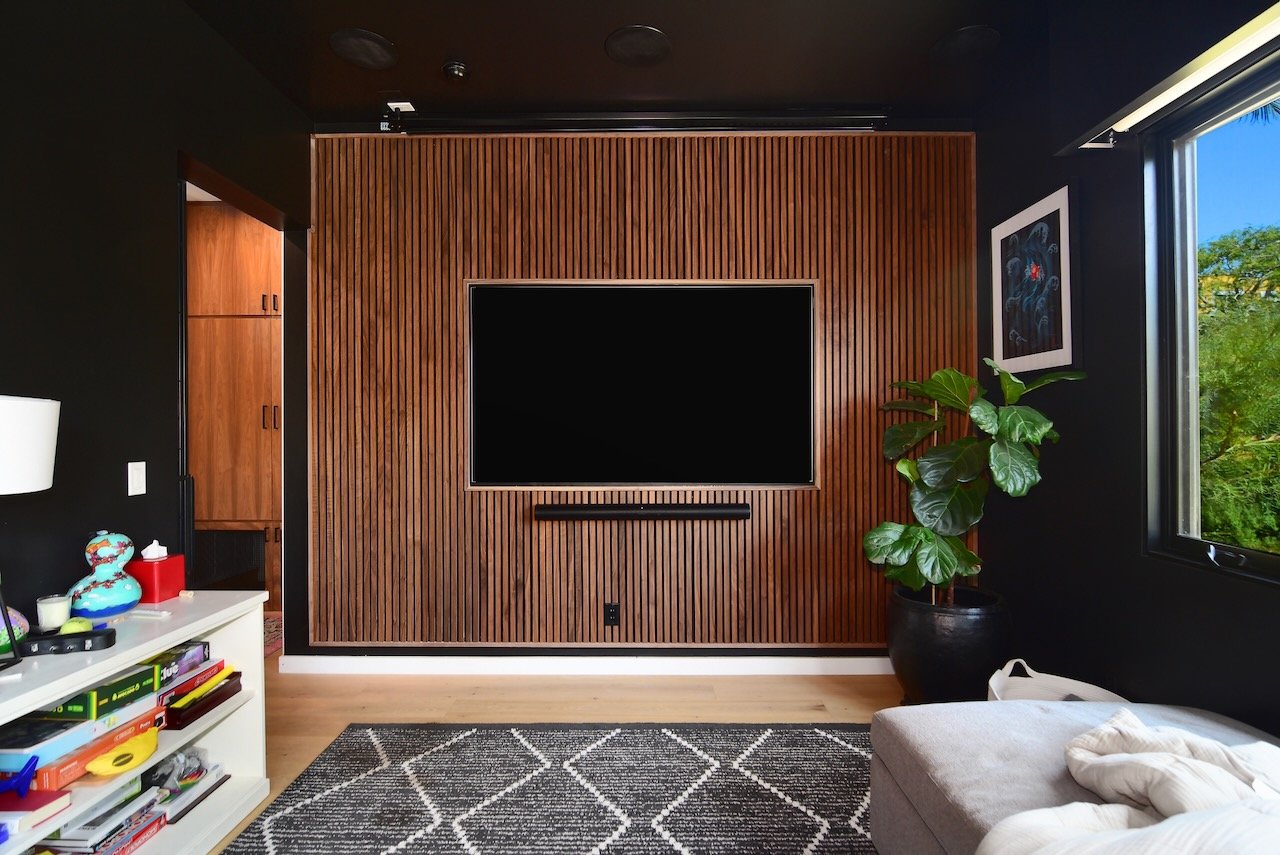MITRA KHORRAMIAN
Contractor & President at The Korra Group
©The Korra Group
Mitra Khorramian
FAME: When was The Korra Group founded, and what does your company specialize in?
MK: The Korra Group was founded after 25 years of experience as a project manager and working alongside my father, an architect and general contractor, in 2016. I saw the need for a construction company that delivers quality work and prioritizes personalized service.
Our mission is to provide customized, service-oriented solutions that meet each client’s needs. We specialize in general construction, remodeling, and ground-up projects and are dedicated to making the construction process smooth, transparent, and aligned with each client’s vision.
©The Korra Group
FAME: Have you ever had a project go completely off the rails, and how did you manage to get things back on track?
MK: Absolutely, I’ve had projects go off the rails—it’s almost part of the territory in construction! One project, in particular, had issues because the client hired an overseas architect unfamiliar with Los Angeles building codes and couldn’t provide the detailed answers we needed. This led to delays in the build, material deliveries, and some communication breakdowns between us and the client due to a lack of critical information.
It was a challenge, but the key to getting things back on track was staying calm, being proactive, and focusing on finding solutions. Open communication with the client was crucial—I kept them informed about the situation, the adjustments we needed to make, and how it would impact both the timeline and the budget.
By tackling each issue step-by-step, staying flexible, and maintaining a collaborative approach, we were able to turn things around and deliver a successful project in the end.
FAME: What’s a common DIY mistake you see homeowners make that makes you cringe?
MK: A common DIY mistake that makes me cringe is when homeowners attempt to do their painting.
While it might seem like one of the easiest tasks, painting is much more than just rolling color on walls. Homeowners often skip crucial prep work, like properly cleaning, priming, or sanding surfaces, which leads to peeling or uneven finishes down the line. They may also use the wrong type of paint for the surface, resulting in poor durability or streaky application.
“A flawless paint job is to the overall look of a project. It’s one of the final touches that can either elevate or ruin the entire space.”
©The Korra Group
FAME: What was one of the most challenging projects you've undertaken? Why was it challenging, and how was it overcome?
MK: One of the most challenging projects I’ve undertaken involved installing 26 - 13 foot glass panels stacked that had to perfectly align with a retractable skylight on top of it with only a 1/4 inch margin of error. To add to the complexity, the skylight was being manufactured in Los Angeles while the glass panels were being made in Germany.
The challenge was coordinating these two elements from different parts of the world, ensuring they would meet flawlessly on-site. Any misalignment would not only be a waterproofing nightmare but could compromise the functionality of the skylight. We had to have exact measurements, triple-check specifications, and coordinate shipping schedules to ensure everything arrived and was installed properly.
It was nerve-wracking, but in the end, the pieces fit together perfectly, and the project was a success.
FAME: What are three things clients should know before starting a home remodel or new home project?
MK:
1. Plan for the Unexpected - No matter how well you plan, unexpected issues like hidden structural problems or delays in material deliveries can arise. It’s essential to budget for contingencies (typically 20% extra) and remain flexible with timelines.
2. Communication is Key - Clear and consistent communication with your contractor is critical. Make sure you understand the scope of work, timelines, and budget.
3. Prioritize Quality Over Speed - While it’s tempting to want the project finished quickly, rushing can lead to mistakes or poor craftsmanship. It’s better to take the time needed to ensure the work is done properly and to a high standard.
©The Korra Group
FAME: What is your dream project?
MK: My dream construction project would be one where the architect, general contractor, interior designer, and owner are all fully aligned in both vision and communication from start to finish. A lot of times, they are coming from very different angles, even though they might have the best of intentions It would involve a seamless collaboration where everyone’s expertise is valued and ideas flow freely, creating a perfect balance between design, function, and personal style.
The architect would create innovative and thoughtful spaces, the general contractor would ensure precision and quality in execution, the interior designer would elevate the aesthetic to reflect the owner’s unique taste, and the owner would feel heard and deeply involved. Together, we’d create something truly extraordinary, where every detail is intentional, and the final result feels like a masterpiece that everyone is proud of.
FAME: What's the strangest thing you've discovered during a remodel?
MK: The strangest thing I’ve ever discovered in a remodel was in a house built in the 1940s that we were renovating while preserving many of the original elements.
When we went to a basement to check out the area where the original HVAC condensers were located, I was shocked to find a Nazi swastika carved into the metal. It was disturbing and unexpected.
“Seeing their reaction—when they walk through their new space is incredibly rewarding.”
FAME: What’s the most satisfying part of completing a project, and how do you celebrate the end of a big build?
MK: The most satisfying part of completing a project is seeing the transformation from the initial plans and ideas to a tangible, finished space. It's that moment when all the hard work, problem-solving, and collaboration come together to create something beautiful and functional for the client.
©The Korra Group
FAME: If you could magically solve one problem in the construction industry with the snap of your fingers, what would it be?
MK: It would be to have X-ray vision that allows me to see through walls. This would eliminate so many uncertainties and surprises during remodels and renovations, like hidden pipes, electrical wiring, or structural issues. It would make planning and execution much more efficient, save time and money, and prevent unexpected complications that often arise when you start opening up walls.
FAME: Give us a fun fact about yourself!
MK: A fun fact about myself is that I see construction like assembling a giant set of LEGO pieces.
“So, in a way, I’m still playing with Legos every day—and I love it!”






